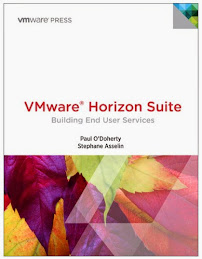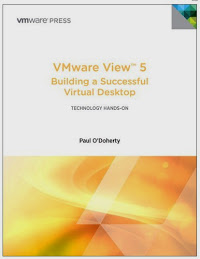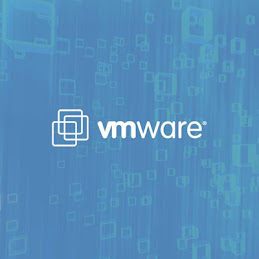OpenStack it typically used to repatriated workloads from Public Cloud. It really does require the entire OpenStack framework along with the ability to manage and monitor it. You need visibility to manage all the layers; vRealize can plugin to this stack and provide you this management. VMware Integrated OpenStack “VIO” is an integrated product approach. VIO is truly OpenStack so VMware uses all the code from the opensource thread. The whole stack is fully supported from VMware. Essentially we are combining OpenStack and the SDDC framework from VMware.
As mentioned, it fully integrates with vRealize Suite. With 3.0 it is Mitaka based along with an extremely simplified the deployment; Compact VIO. You can also Import existing vSphere workloads. When VIO 2.0 was introduced it provided seamless automated upgrade and rollback. With VIO 3.0 this has been enhanced with modules like Glance having native ability to see VMware templates.
This allows you to quickly standup OpenStack and import existing workloads. Mitaka improves the manageability and scalability along with the overall user experience while reducing the amount of steps. In addition Nova was simplified, one step process for integrating identity.
The VIO 3.0 reduces the profile from 15 VMs to 7 - 9 VMs. In addition VIO provides full HA support and zero downtime. Database replication is included to ensure no loss of data.
In compact mode the footprint is down to two (2) VMs. This is Ideal for small deployments. The database is still backed up in realtime so no database loss using compact mode.
You can now quickly import vSphere VMs into VIO. Once imported you can start managing VMs through the OpenStack APIs. VIO delivers AWS Productivity with Private Cloud Control. This ensures the AppDev teams can have the flexibility they need but the Operations team maintains management and control. VMware is seeing great uptake in VIO. The momentum is growing around this product.
The upgrade process is extremely simple; it is one of core featues of the design that the deployment and upgrade is this straighforward. the Management console enables you to stand up the 3.0 environment and migrate everything over.
Highly regulated industries are making this shift to repatriate public workloads from the cloud. Publing a Private Cloud using VIO allows you to avoid the line rate of moving workloads back and forth.







